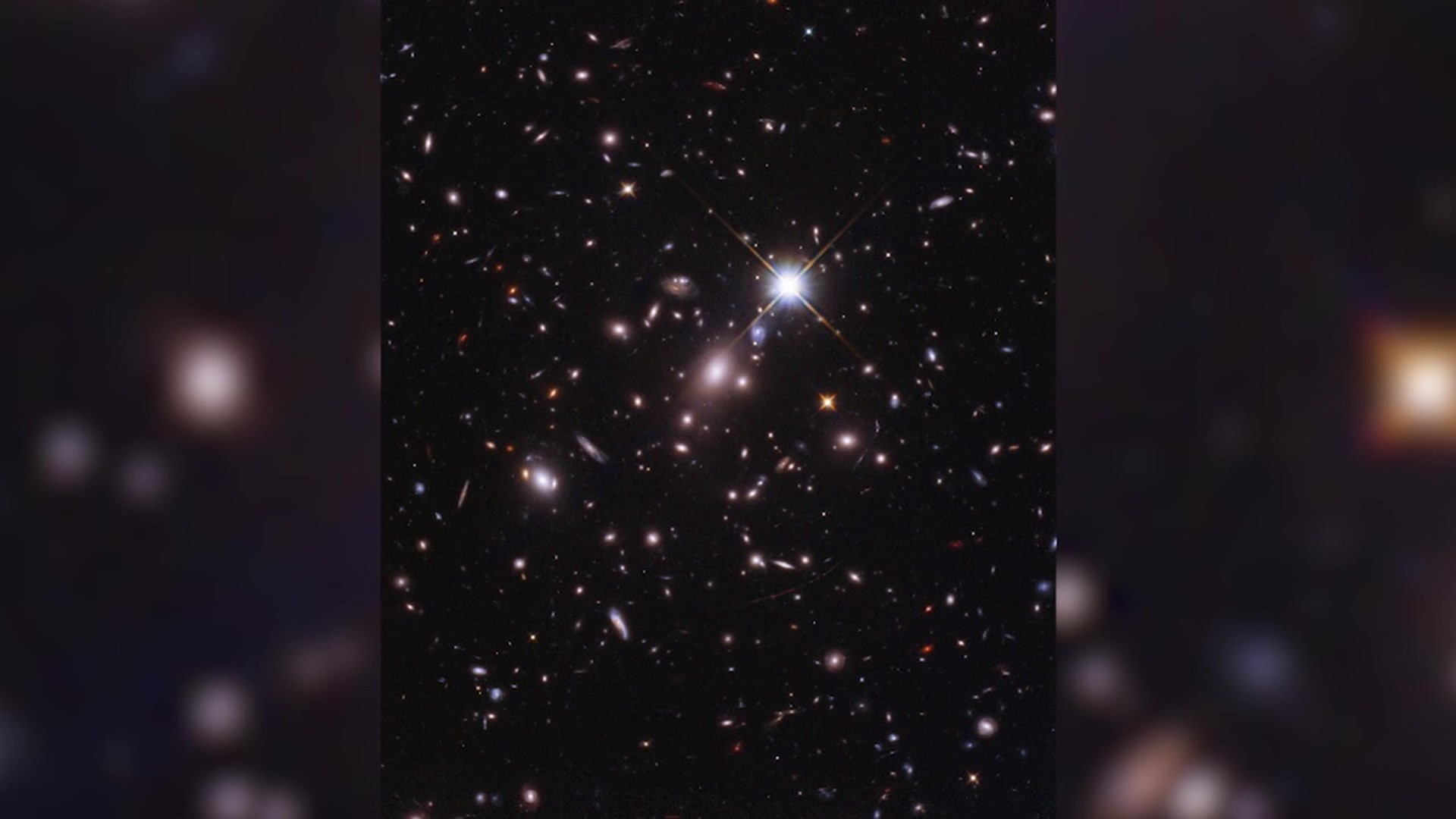PENNSYLVANIA, USA — NASA announced last week that scientists using the Hubble Space Telescope spotted the farthest individual star from earth ever seen.
"We never thought that we would see an individual star in one of these distant magnified galaxies," Jennifer Wiseman told Newswatch 16 online about NASA's major announcement last week.
Wiseman is a senior project scientist with the Hubble Space Telescope program.
"What we're real excited about is that this team using the Hubble Space Telescope has detected the farthest individual star we have ever detected."
The research team that detected this star named it Earendel, which is old English for morning star.
Earendel is extremely far away from earth – 28 billion light-years away, to be exact. To see Earendel, scientists needed to rely on a magnifying glass of sorts, known as gravitational lensing.
"With Hubble, you look at these clusters of galaxies that are held together by their natural gravity. They're distorting space in their environment, creating a lens like a magnifying glass for light that's coming from objects more distant."
NASA scientists have already made some interesting early observations
"We know that this star is not quite like our sun. It's more massive. This star is at least 50 times more massive than our sun. It's probably a thousand times brighter."
But they're hoping to learn more.
"We want to know its temperature. We want to understand its composition because it represents what stars were like in the universe. They're different from stars like our sun."
Wiseman says Earendel is expected to stay in the gradational lens alignment for a few years.
"That's great because that gives us time to do follow-up studies both with the Hubble Space Telescope and with the Webb Space Telescope.
See past Skywatch 16 segments on YouTube:

